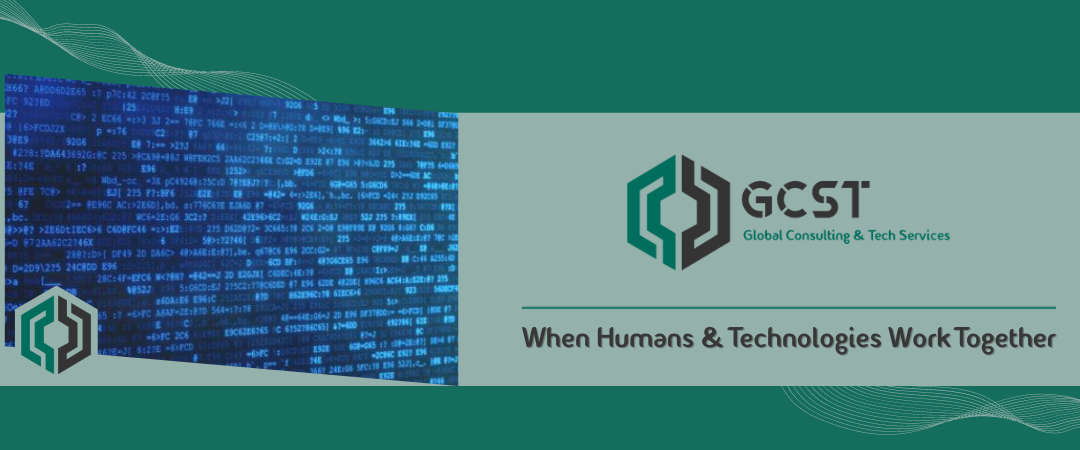When it comes to data security, there’s no doubt that the endpoint channel is one of the most important. It is where data is created, modified, and stored by end-users. Endpoints such as laptops, and desktops are often the primary point of access to an organization’s sensitive data and can be vulnerable to a wide range of security threats.
Your users read email on endpoints, they create files on the endpoint, and with hybrid/remote work they do nearly all of their work on an endpoint. The endpoint touches multiple channels (cloud applications, web applications, web traffic, the network etc.), but does it capture everything?
Protecting only the endpoint channel may have been sufficient a long time ago. But that’s not the case for today’s organizations. Here are 5 reasons why focusing your data security solely on the endpoint really limits your ability to prevent data breaches and to ensure regulation compliance:
- Reason 1: Data flows have changed. They aren’t being replaced by a completely new data flow – it’s additive to traditional data flows. As long as your users have laptops and desktops (and increasingly BYOD devices), and digital transformation continues, data flow that touches the endpoint also continues to grow at a staggering pace. And this growth of distributed environments is driving more and more sensitive data to flow between many locations, often times without even going through a managed endpoint.
- Reason 2: The rise of “data gravity” in the cloud. The cloud storage market is projected to reach a compound annual growth rate of 24.8% through 2030[1]. Data gravity – “the observed characteristic of large data sets that describes their tendency to attract smaller datasets, as well as relevant services and applications”[2] – is one of the major reasons for data flow change. Literally hundreds of applications and services have proliferated being pulled onto the cloud by the huge amount of data that is being stored in the cloud. Data flows from these applications and services do not have to ever cross an endpoint.
- Reason 3: Today’s (and tomorrow’s) multi-cloud. Listening to some of the largest public cloud vendors, you’d think the only data you need to keep secure is on AWS, or in a Microsoft application connected to Azure, or on Google Cloud. They’d like you to pick a big public cloud and the application ecosystem it resides on and then everything would be great. However, this is just not the way the cloud world works. Today, most companies have data stored in dozens of dozens of clouds. There are many applications and data on the largest public clouds, but there are a multitude of SaaS solutions on individual application clouds. Instead of public cloud consolidation or ecosystem consolidation, cloud locations and cloud applications continue to proliferate – this multi-cloud trend isn’t stopping.
- Reason 4: Web based threats. Many applications are web-based today and they also have multiplied in recent years. Data flows across the web and web applications are particularly concerning for security professionals today. Links to malicious websites continue to proliferate. Companies must be able to block malicious websites, scan downloads for viruses and inspect web traffic for potential threats. For perspective, consider:
The complexity of the web channel leads to multiple points where the endpoint often loses visibility completely. That makes it a unique channel with unique needs to be addressed.
- Reason 5: Visibility and control is still critical in 2023. Wasn’t this one of the original objectives for securing data? With the continued growth of regulation compliance (over 75% of individuals on the earth will be protected by some type of compliance regulation in 2023, up from just 10% in 2020), visibility and control are essential. With data moving in so many different directions and in so many locations centralizing data security management across multiple channels, not just at the endpoint, becomes even more critical.
So, how are companies expanding visibility and control beyond the endpoint? Many are adding channels and also adding integrated data security methods with those channels. Many times, those methods are independent from the organizations’ current DLP endpoint vendor. The problem with this approach: It decentralizes data security. Forcepoint doesn’t recommend this for a number of reasons. For one thing, it’s extremely expensive. More importantly, it complicates DLP management and regulation compliance exponentially.
We’ve been hard at work on an extensive solution that we can’t wait to unveil. Customers and analysts we’ve shared some details with have expressed a keen interest in us releasing this capability for general availability, and we’re excited to be doing that soon.
Resources : 5 Reasons to Extend Data Security Beyond the Endpoint

For Free Consultancy Please Click here

